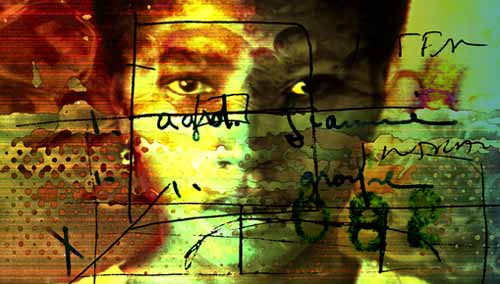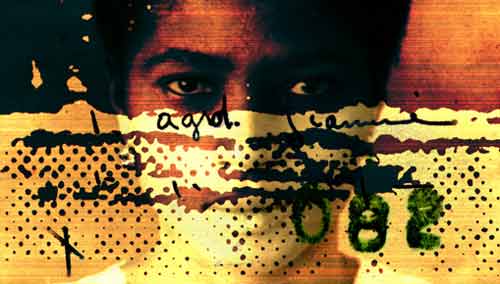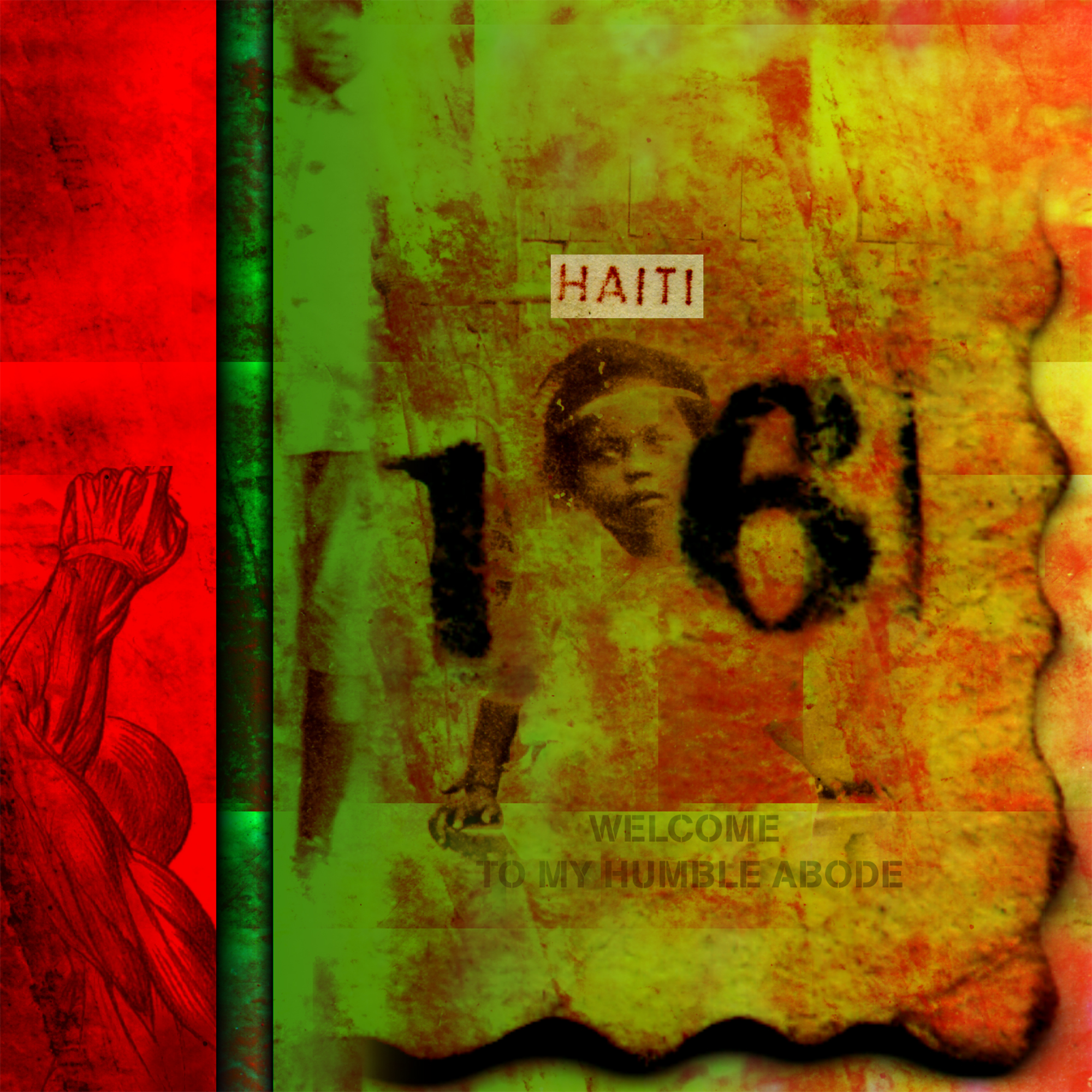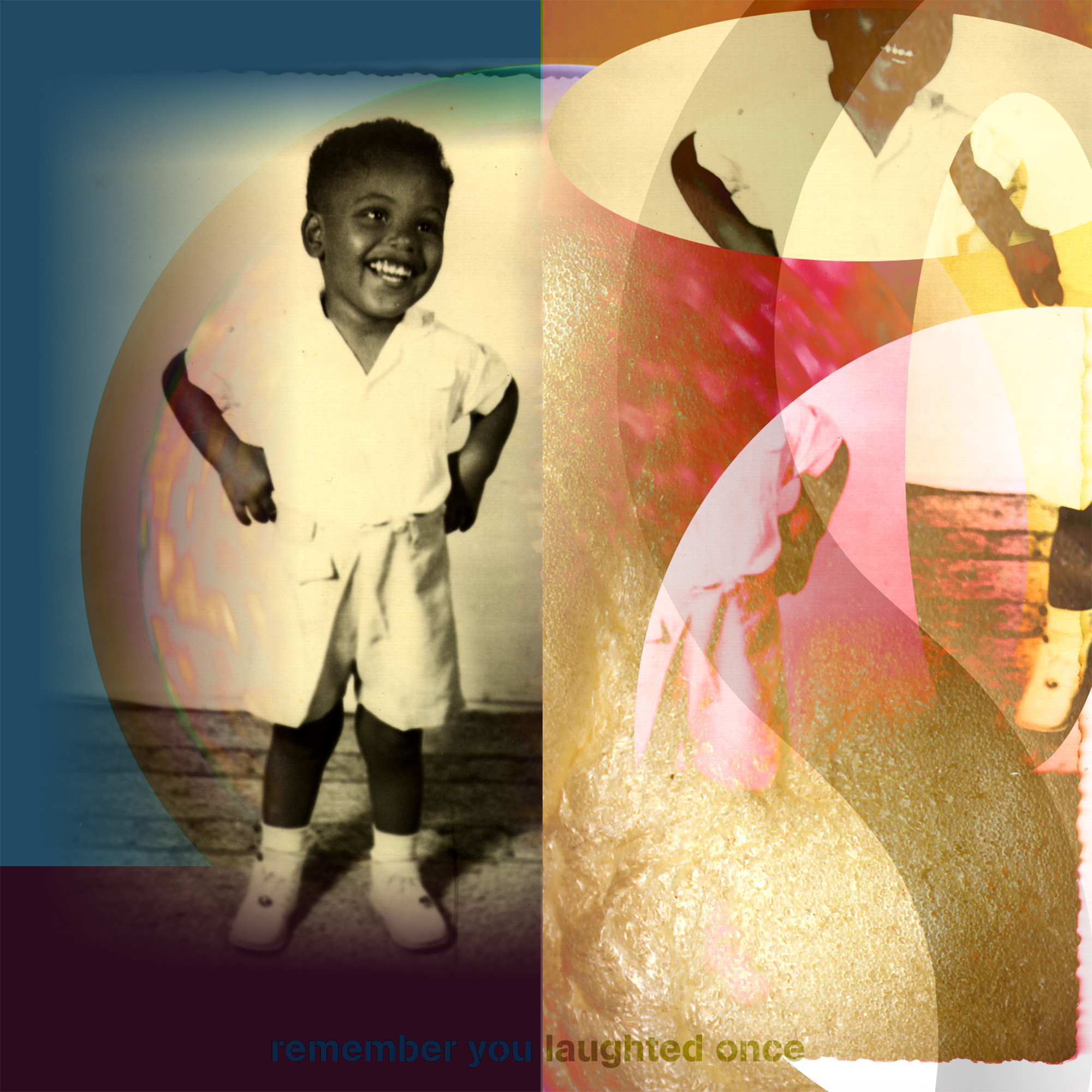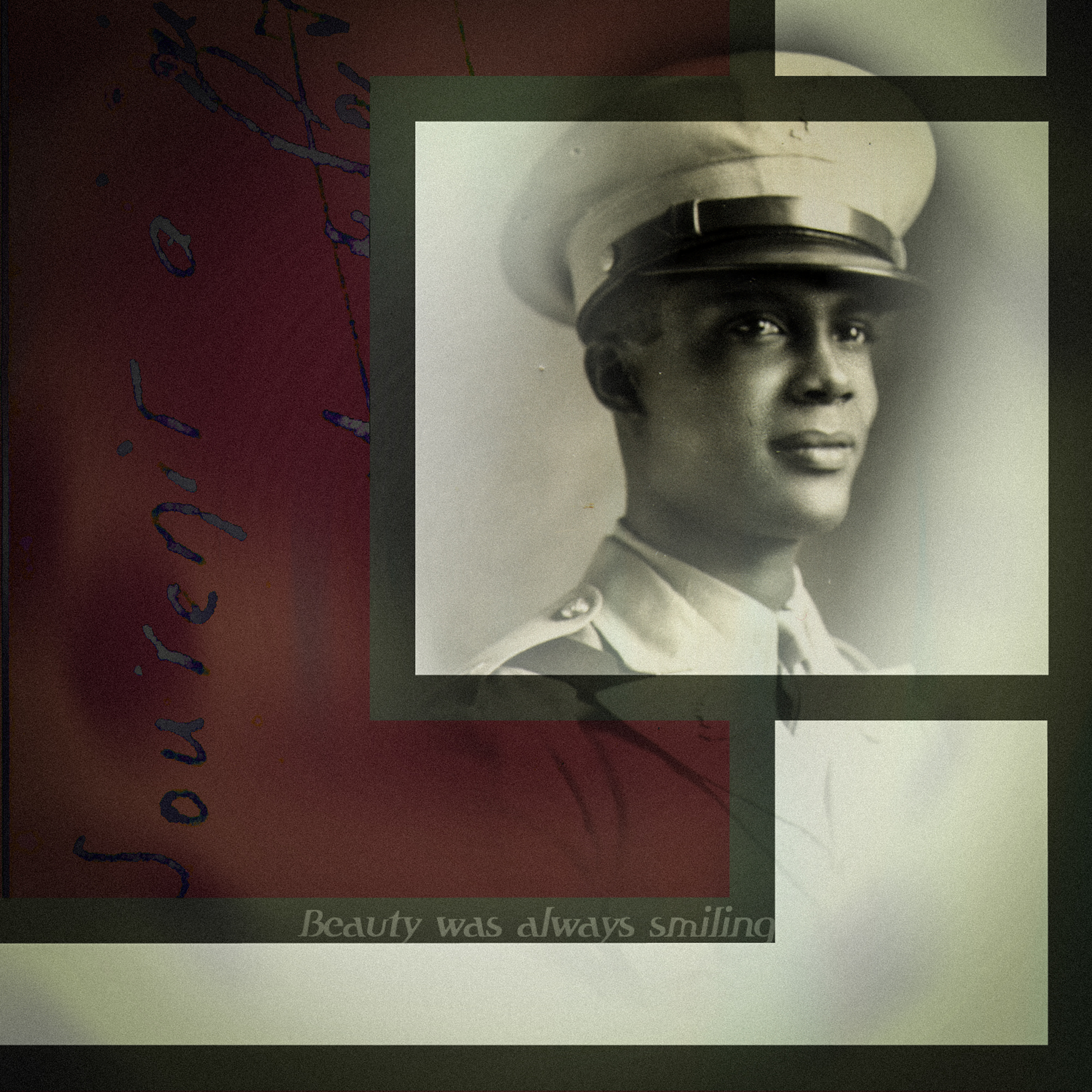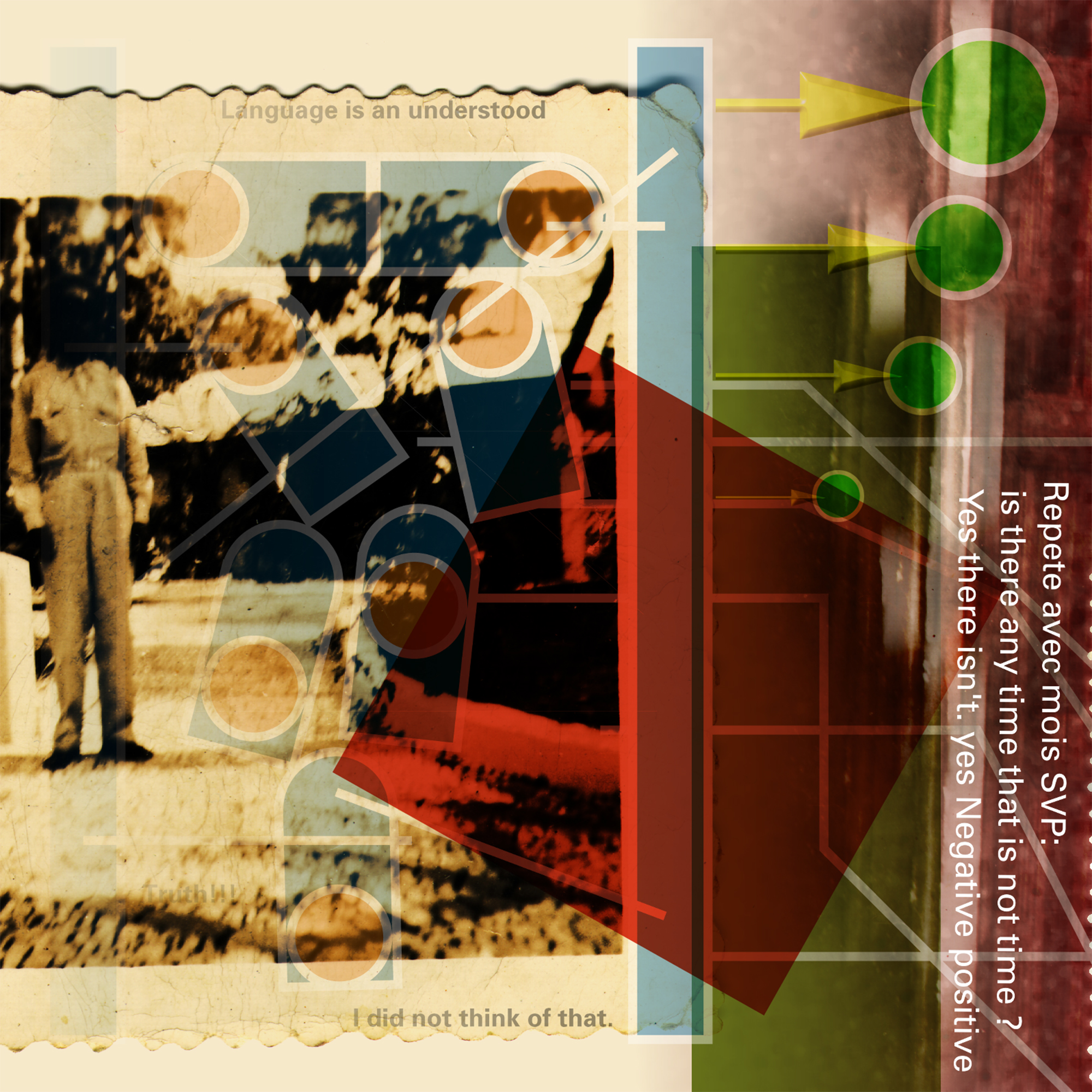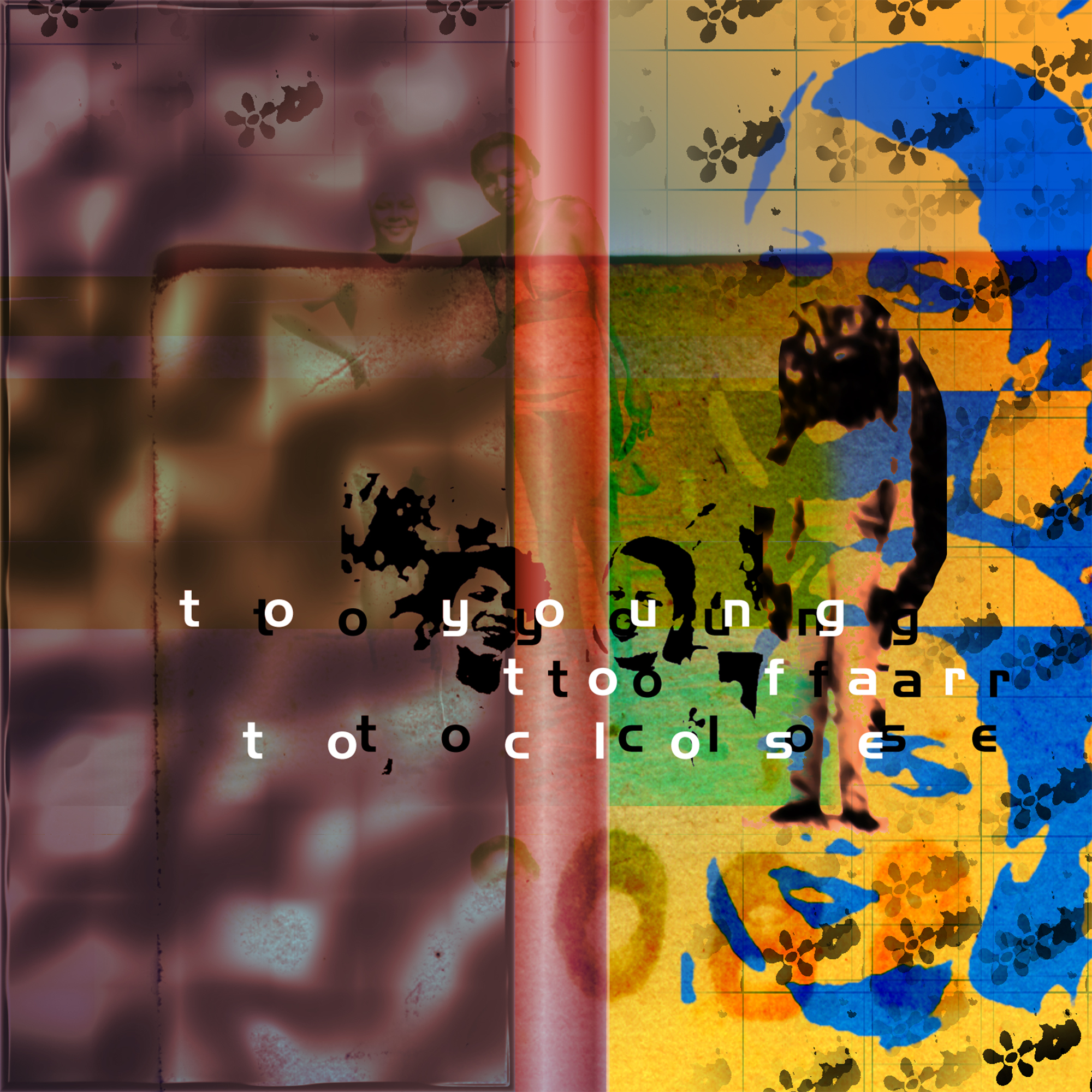Ti-Cheri is one of my first projects that combined analogue mediums with digital techniques as well as interactive presentations.
When I was a kid, my Oma and other relatives would constantly end sentences addressed to me with the words “Ti-Cheri,” a term of affection meaning “my sweet, my little love.”
As I grew up in the Diaspora, in the US and in Africa, I often heard the other adult exiles in conversation with my parents using the saying “Haïtï Cheri” when referring to their loved lost home. A saying both said in longing, as in frustration, and sarcastic anger.
In school I sought to reconnect with all of these emotions, and conflated the two terms because living in the US the island seemed small, isolated, distant and fractured. A place I knew so little of, but still longed for, dreamed of and wanted to connect with deeply.
At the start of this period, I was mostly focused on painting and photography and was just starting to use the computer as another step in the creation of analogue work using painting, collages, and darkroom photography. But quickly that first dabbling with computers transformed into an obsession with the possibilities of video and interactive art making combining all these methods.
Here is a clip and stills from original “the serpent” video. It is the only surviving clip I have and I have also lost the original sound which was on created on reel to reel tape.
Spring 1994.
The video was created using only the analogue tools of the time, without any effects or processors as I did not have access to these tools.
The method here, is to repeatedly recaputure select video clips played on large Sony Trinitron monitors, (the museum brick ones) and using the frame by frame playback on the Hi8 playdeck to slow down the video. (this is what produces the larger line rolling down as the frame rate of the camera is different from that of the playback.) The black lines are the TV sets fields which become accentuated from being repeatedly enlarged as I zoom in with the camera. The coloration is done by altering the monitors color settings every time I reshot the monitors so as to further add coloration to the original black and white images, while altering the colors of any color video.
